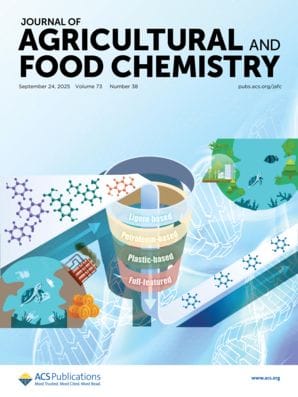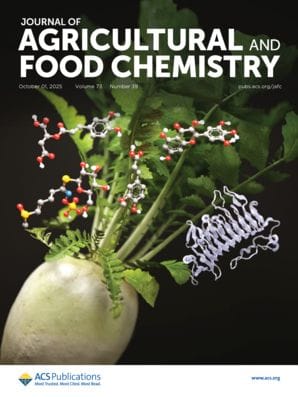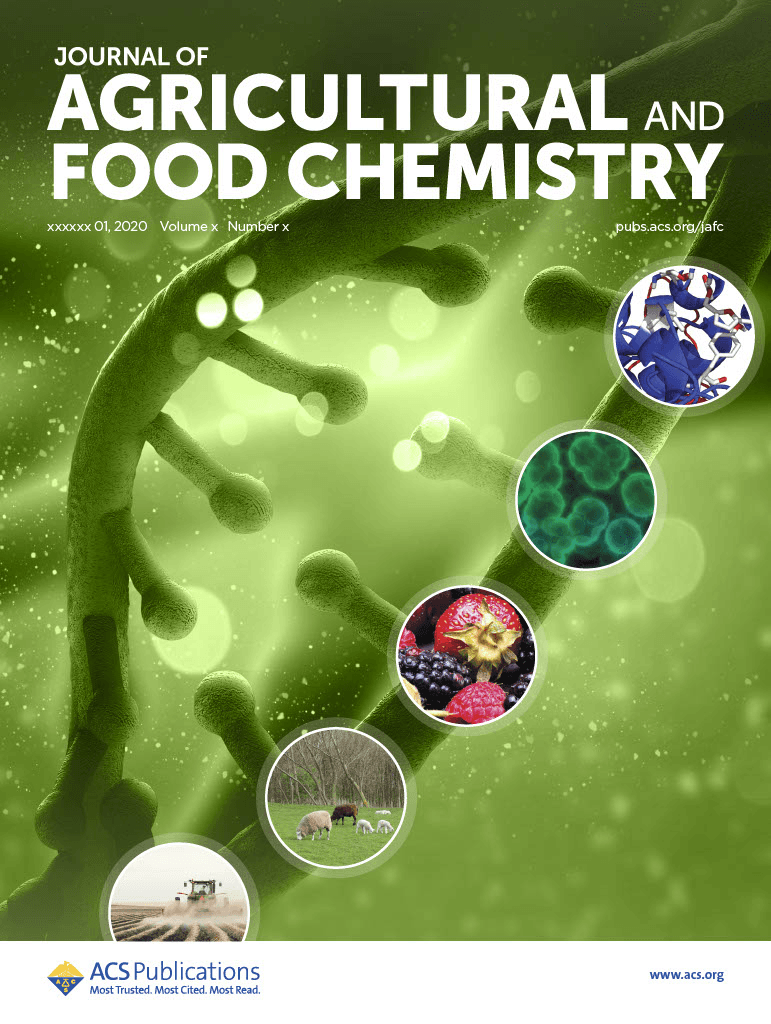Scientists Propose 4 New Uses for Old Veggies
Four recent papers published in ACS journals detail how food waste contains sustainable solutions for farming and new sources of bioactive compounds for pharmaceuticals.

Food waste is more than just the starting material for compost. From dried-up beet pulp to millipede-digested coconut fibers, scientists are finding treasure in our trash. Four recent papers published in ACS journals detail how food waste contains sustainable solutions for farming and new sources of bioactive compounds for pharmaceuticals.
Sugar by-product may “beet” wheat disease
Researchers report in the Journal of Agricultural and Food Chemistry that sugar beet pulp could help reduce agriculture’s reliance on synthetic pesticides. The pulp, about 80% of the beet’s original weight, is left over after sugar processing. In experiments, the team converted this pectin-rich material into carbohydrates that activated the plants’ natural protection mechanisms against crop diseases, like powdery mildew on wheat.

Valorization of Sugar Beet Byproducts into Oligogalacturonides with Protective Activity against Wheat Powdery Mildew
DOI: 10.1021/acs.jafc.5c05099
Composted coconuts help seedlings grow
Millipede-composted coconut fibers could be a sustainable alternative to peat moss that is traditionally used for seedling germination. Peat is harvested from sensitive ecosystems that help preserve groundwater quality. A recent study to find a peat replacement, published in ACS Omega, demonstrated that this coconut “millicompost,” mixed with other plant materials, is just as effective for growing bell pepper seedlings.

Replacing Commercial Substrate with Millicompost: A Sustainable Approach Using Different Green Wastes Combined with Millicompost for Bell Pepper Seedling Production in Urban Agriculture
DOI: 10.1021/acsomega.5c06388
Radish leaves support gut health
According to a review in ACS’ Journal of Agricultural and Food Chemistry, often-discarded radish tops may be better for you than the zesty root itself. These leafy greens, which also have a peppery taste, are rich in dietary fiber and bioactive compounds. These nutritive compounds, such as polysaccharides and antioxidants, helped beneficial gut microbes grow in several lab and animal studies, which suggests they could also improve overall gut health in humans.

Bioactive Compounds and Health Benefits of Radish Greens
DOI: 10.1021/acs.jafc.5c08263
Beet greens supply bioactive ingredients
A paper in ACS Engineering Au details a method for keeping bioactive compounds isolated from beet leaves stable for use as potential ingredients for cosmetics, pharmaceuticals and food products. By aerosolizing and drying a liquid mixture containing antioxidant-rich beet-green extract and an edible biopolymer, the researchers created microparticles of encapsulated extract. They say the microparticles had more antioxidant activity than the extract itself, so the coating may prevent degradation.

Evaluation of Microparticles Obtained from Beet Leaf Extracts (Beta vulgaris L.) Using Supercritical Assisted Atomization (SAA)
DOI: 10.1021/acsengineeringau.5c00044
